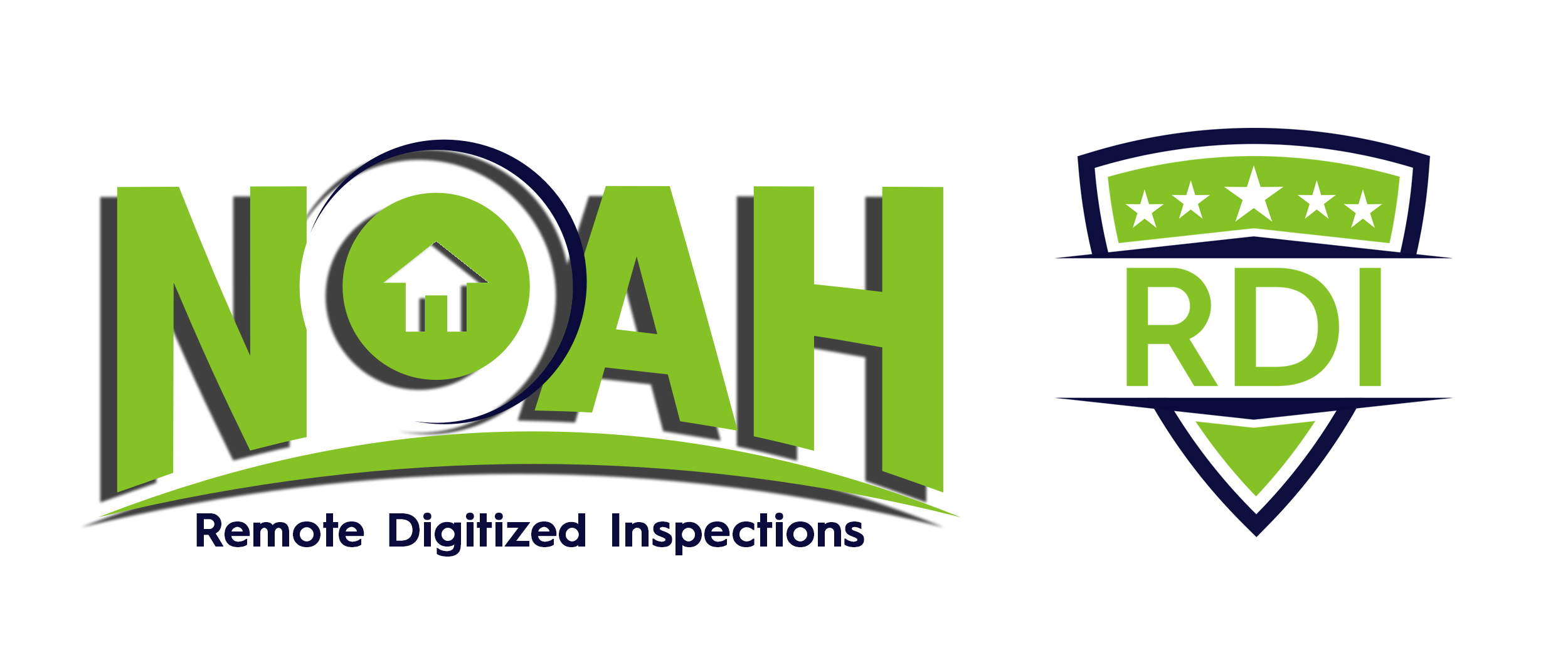30 May Tiny House DIY: Four Must-Know Tips

A decade ago, when the tiny house movement was just gaining momentum, many were reportedly buying completed models in the $15,000-$30,000 price range. Since the explosion of growth in alternative housing and the struggle for most Americans to keep up with the high cost of living and an impossibly low “living wage”, some seeking to downsize are finding that tiny houses are now coming with a large price tag.
In an effort to offset those costs, many are opting for a Do-It-Yourself approach to going tiny and several have been wildly successful. However, unless you are already a certified contractor, you are likely amongst the droves of folks relying on YouTube videos and their dad’s old tool box to make it through their DIY. What too many fail to recognize is that you aren’t building a project for industrial arts class in high school;this is your house we are talking about.
So check out what we consider to be three of the highest priority must-know tips for beginning your DIY tiny home build.
Know Your Needs vs Wants
We recommend using templates like those found in Timeline to Tiny in order to make sure you are staying on track from start to finish and keeping things in line like what items you think you need in your tiny house build. These will likely change over the course of your floor plan design, initial rough in, and then as you finish things up based on time and budget.
Balance Your Budget
Budget is everything in home building, regardless of size. This means you need to be realistic with yourself about how much money you plan to spend, places you can save, and have the freedom to know you may likely spend a little more than you intended. The budget template and saving suggestions used in our favorite eCourse are easy, streamlined ways to help you see typical costs associated with logistics of living tiny.
Be Aware of Your Strengths and Weaknesses
Construction is serious business and building an entire house on a foundation or a trailer carries even greater responsibility. So if you know you know your way around a band saw and a hammer but electrical isn’t your forte, consider hiring out some portions of your build to ensure they are done safely, up to code, and that you don’t get hurt. Humble yourself in the name of safety and be sure to have your THOW inspected and certified.
Know Logistics
1. Inspection and Certification
Check out your options, weigh the pros and cons, and be sure you know what you are entering into and what your certification will provide for you after your build. Below is a comparison grid of the major inspectors within the tiny house industry.

2. Insurance
There are very few companies within the US that will write policies for home ownership when you are living in a house on wheels as it is considered by most a “temporary dwelling”. Be sure you know what you are signing before accidentally insuring your trailer only or ending up with coverage only while you are parked and not should you have an accident while driving. Ask hard questions. This is your house.
3. Parking
Arguably the biggest heading within the tiny house world right now is where to put your THOW when you aren’t traveling or if you plan to stay in one place for a while. You will have to do your research as many municipalities and state governments are not on the same page with the legalities of tiny house living. We recommend starting with Search Tiny House Villages, the only online directory of tiny house friendly communities across the US.

No Comments